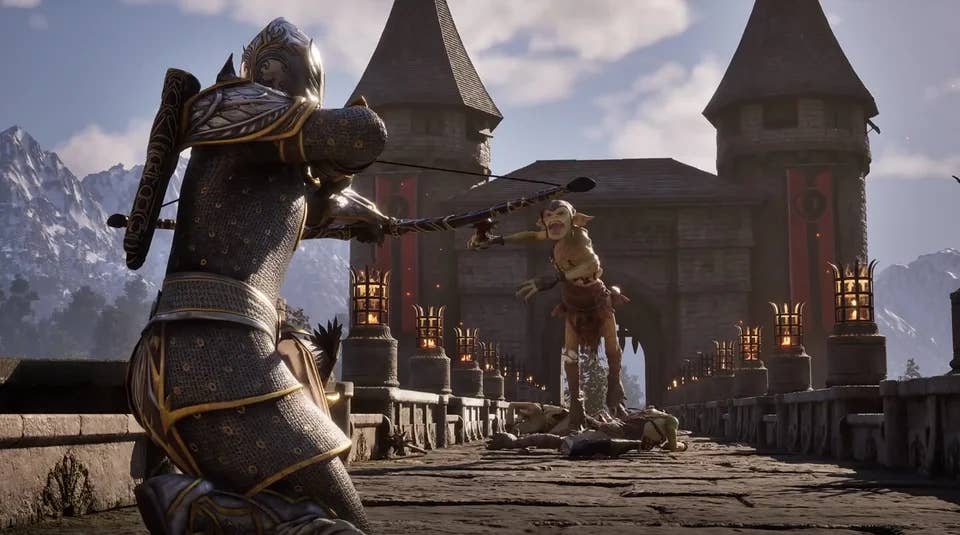
WWW.COUNTRYLIVING.COM
The New Rules of Grandmillennial Style
Years ago, our friends at House Beautiful published a story about the resurgence of traditional design sensibilities, which led writer Emma Bazilian to coin a term that turned the design industry on its head: grandmillennial. Since then, “grandmillennial” has become the catchall term for layered, pattern-filled rooms and the traditional design aesthetic. The term and trend were exalted as the triumphant rejection of all things mod and minimalist. Over the intervening years, however, grandmillennial has taken on a life and meaning all its own. It’s now used to describe everything from chintz to china to chore coats. The ubiquity and overuse of the term has had an unexpected consequence: The word, as Emma originally defined it, no longer carries the same meaning. In Emma’s original article, she describes grandmillennial style as a refined, relaxed approach to interiors that celebrates timeworn color and pattern. She even highlights a rule that has largely been forgotten in the six years since: “And although there’s a good bit of shared DNA with prep culture, the two terms aren’t entirely interchangeable; the grandmillennial is less Lilly Pulitzer, more faded D. Porthault,” she writes. Somewhere in the intervening years, this distinct difference was lost. So, let’s set the record straight. Related Stories:What Is Grandmillennial Style? Nelson HancockThis sitting area designed by Markham Roberts proves more is more when it comes to piling on pattern. Let’s start with what the grandmillennial aesthetic really is. True grandmillennials, a contingent of spirited, antique-loving souls, swap straight lines for scalloped edges; ditch the all-white everything for vibrant, piled-on pattern; and adore all things patinaed. Their homes are filled with heirloom furniture (preferably brown), needlepointed accents, ruffled or skirted sofas, chintz floral fabrics, and rich, refined paint colors to help temper those flirty florals. Their icons are Dorothy Draper and Sister Parish (the design doyennes of days past) whose work serves as the building blocks for contemporary traditional design. It’s this reverence for and appreciation of the key pieces their grandmothers loved and cherished that sets them apart from prepsters. This distinction is particularly important in the age of “-cores” (see cottagecore, fishermancore, cluttercore, and even clovercore) because grandmillennial style isn’t a trend; it’s a thoughtful curation of antiques, not simply a pretty-and-pristine blue-and-white room. How Is It Different From Preppy Style?Preppy style has its place, too. I even wrote a story about how much I, as a born-and-bred Southerner, love preppy style. However, in the age of information overload, it’s important to acknowledge the distinction between the two. Grandmillennial style and preppy style are distinctly different, though they share many similar qualities. Preppy style is clean, bright, traditional, and cheery. While the grandmillennial aesthetic shares those tenets, it veers into the pleasantly patinaed and realistically rumpled territory. It’s less Home Goods and more homespun. Age-worn charm permeates the style—something you just don’t see with preppy design. While the grandmillennial happily trots out her patinaed silver serving pieces (that definitely weren’t polished before guests came over), the preppy devotee would choose bamboo-handled cutlery. Related StoryThe New Rules of Grandmillennial StyleDavid A. LandDesigner Amy Lafitte layered this blue-and-white room with antiques to keep it feeling timeless, not trendy. Pick Timeless Over Trendy When it comes to adding storied substance to a space, there’s nothing like a good antique, so skip big box furniture stores in favor of estate sales or antiques stores. (We even say, the more antique pieces in the home, the better!) When shopping for future furniture heirlooms, look for signs of good construction like interlocking dovetail joints and drawers on gliders, and pass up plywood and particleboard, which just don’t have pass-it-down potential. Also, don’t overlook the “dated” dishes that you might see or inherit—melamine can’t tell your family’s story like a stack of Blue Willow can. Related Story:Accent with Americana Scions of the new grandmillennial movement (think: Audrey Gelman of The Six Bells) have made one thing very clear: Americana and crafty, folk sensibilities have a home here. Don’t fret if your grandmother doesn’t have a chest full of D. Porthault bed linens; her hand-pieced quilts still feel grandmillennial. Now, this doesn’t mean you have to put away your Laura Ashley! Just be sure to mix in a little Americana with any English or English-inspired pieces already in your home. Read McKendreeLayer On the Pattern When in doubt, default to pattern. While a self-proclaimed preppy-lover might choose the latest bold chinoiserie patterns or a colorful, punchy gingham, the grandmillennial looks to old-school reproductions and reissues (think the infamous “Floral Bouquet” by Lee Jofa) or even dead-stock fabrics sourced from estate sales to layer into their homes. The grandmillennial celebrates the faded and dated because they know that their tastes will never go out of style. Related Stories:Anna LoganSenior Homes & Style EditorAnna Logan is the Senior Homes & Style Editor at Country Living, where she has been covering all things home design, including sharing exclusive looks at beautifully designed country kitchens, producing home features, writing everything from timely trend reports on the latest viral aesthetic to expert-driven explainers on must-read topics, and rounding up pretty much everything you’ve ever wanted to know about paint, since 2021. Anna has spent the last seven years covering every aspect of the design industry, previously having written for Traditional Home, One Kings Lane, House Beautiful, and Frederic. She holds a degree in journalism from the University of Georgia. When she’s not working, Anna can either be found digging around her flower garden or through the dusty shelves of an antique shop. Follow her adventures, or, more importantly, those of her three-year-old Maltese and official Country Living Pet Lab tester, Teddy, on Instagram.
0 Commenti
0 condivisioni
28 Views












